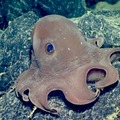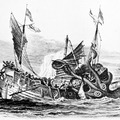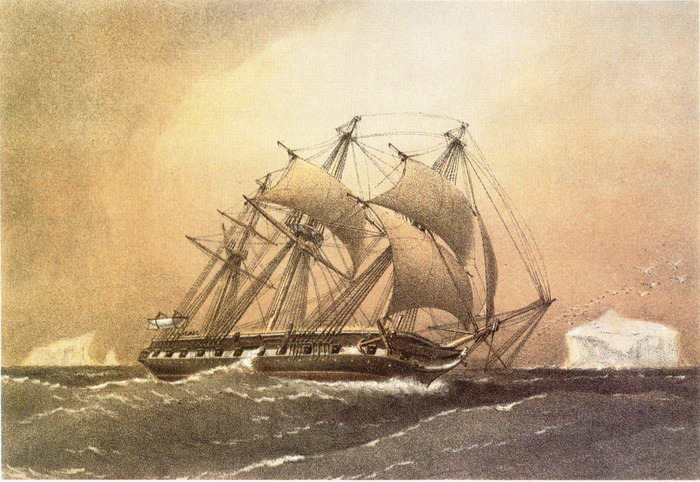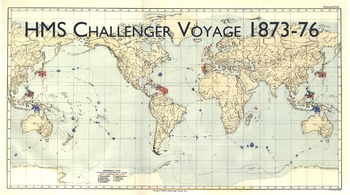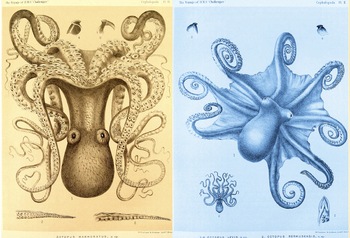The Voyage of HMS Challenger
Long before cabled observatories were built to explore the ocean, HMS Challenger embarked on the world's first global oceanographic expedition. Sponsored by the Royal Society of London, in collaboration with the University of Edinburgh, the expedition’s explicit intent was to improve understanding of the ocean and the life it supports. Another motivation was the growing interest in laying cable between continents, which demanded a better understanding of the ocean floor. (1) Spurred by these two interests, the HMS Challenger set sail and gathered a wealth of scientific data on the Earth's ocean.
The HMS Challenger, originally a British Naval vessel, was specially outfitted for ocean exploration. The presence of both steam stacks and masts on the 200-foot Challenger provides visual evidence of the British Navy's ongoing efforts to upgrade their ships from sail to steam power during the 19th century. The Challenger itself was designated as a "steam-assisted" corvette and was originally designed as a warship. However, for the purposes of the expedition, the Challenger was subjected to a complete overhaul, including the removal of all but two of her cannons and the construction of housing, several laboratories, and storage for materials collected by the naturalists on the ship. (2)
The Challenger set sail on 21 December 1872 from Portsmouth, England, with a complement of 243 officers, scientists, and crew. The voyage would last four years and circumvent the globe, as well as collect data at 362 different locations. The route went south from England, around the Cape of Good Hope, through the Indian Ocean past Australia and into the Pacific, around Cape Horn and back to England. (1)
While the voyage was doubtlessly grueling, the data collected were invaluable and filled a 29,500-page report that took 23 years to completely compile. Much of the data were written descriptions of animal life encountered on the voyage, which then had to be interpreted by scientists back in Europe. (3) (1) Among the contributors to the report was Ernst Haeckel, a zoologist known for his stunning illustrations of natural life.
The discoveries from the Challenger Expedition not only contributed to our understanding of the oceans, they also served to verify some of Darwin's postulations about evolution and to spark public interest in ocean life. The Challenger legacy lives on today in the form of oceanographic vessels platforms, and infrastructure that continue exploration of the oceans.
Sources:
(1) Delaney, John. "Lecture 1: The Global Ocean & Human Culture: Past Present and Future"
(2) The Voyage of H.M.S. Challenger 1873-1876. Narrative Vol. 1 First Part. Chapter 1. http://archimer.ifremer.fr/doc/1885/publication-4749.pdf
(3) "Then and Now: The HMS Challenger Expedition and the 'Mountains of the Sea Expedition'." http://oceanexplorer.noaa.gov/explorations/03mountains/background/challenger/challenger.html

